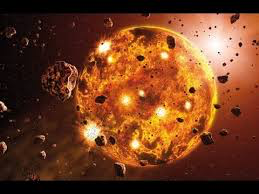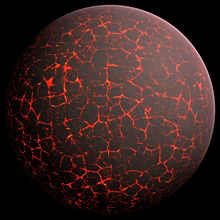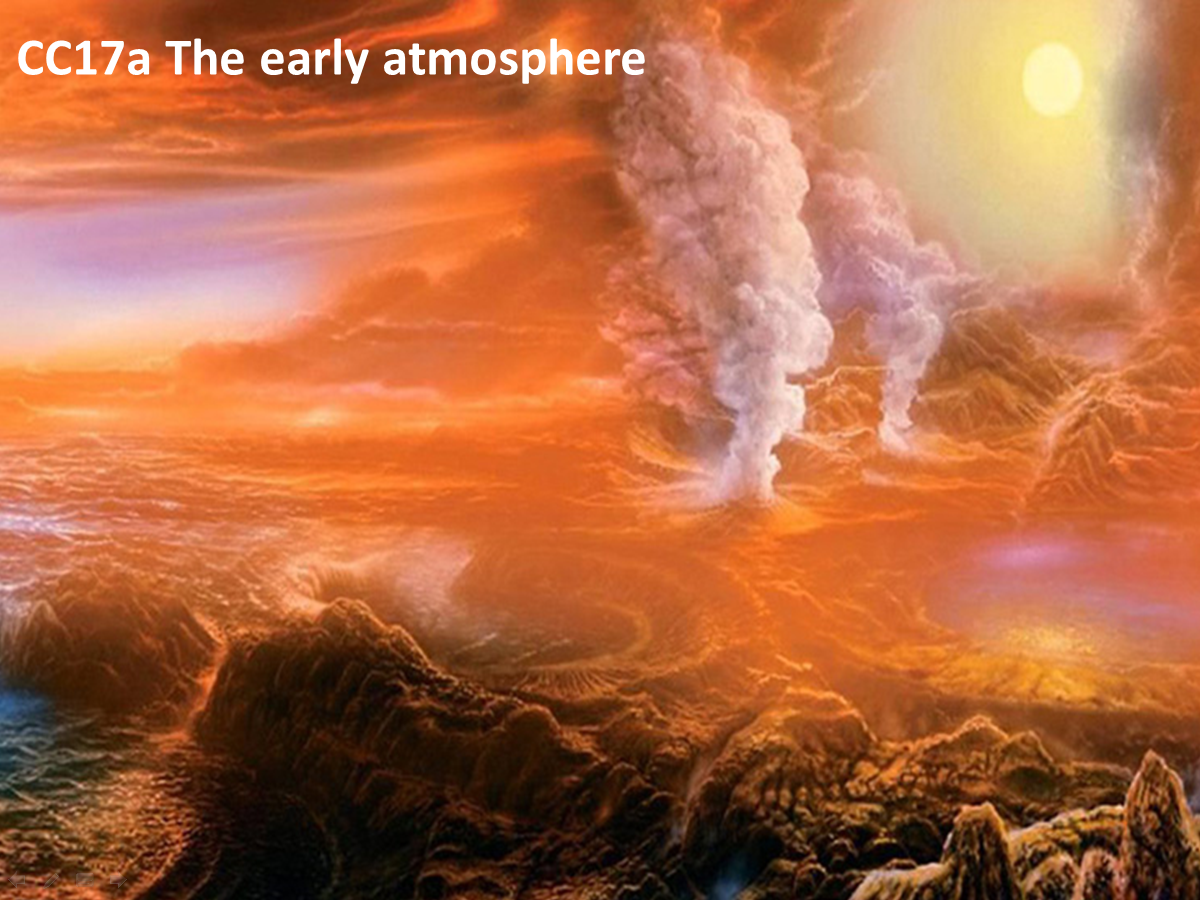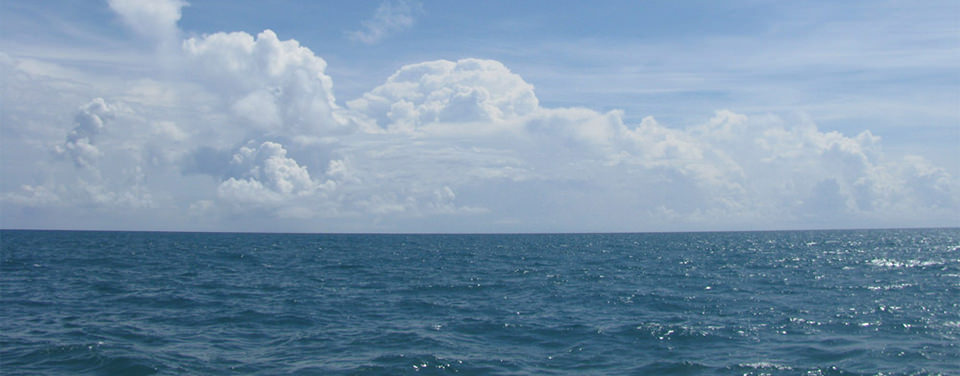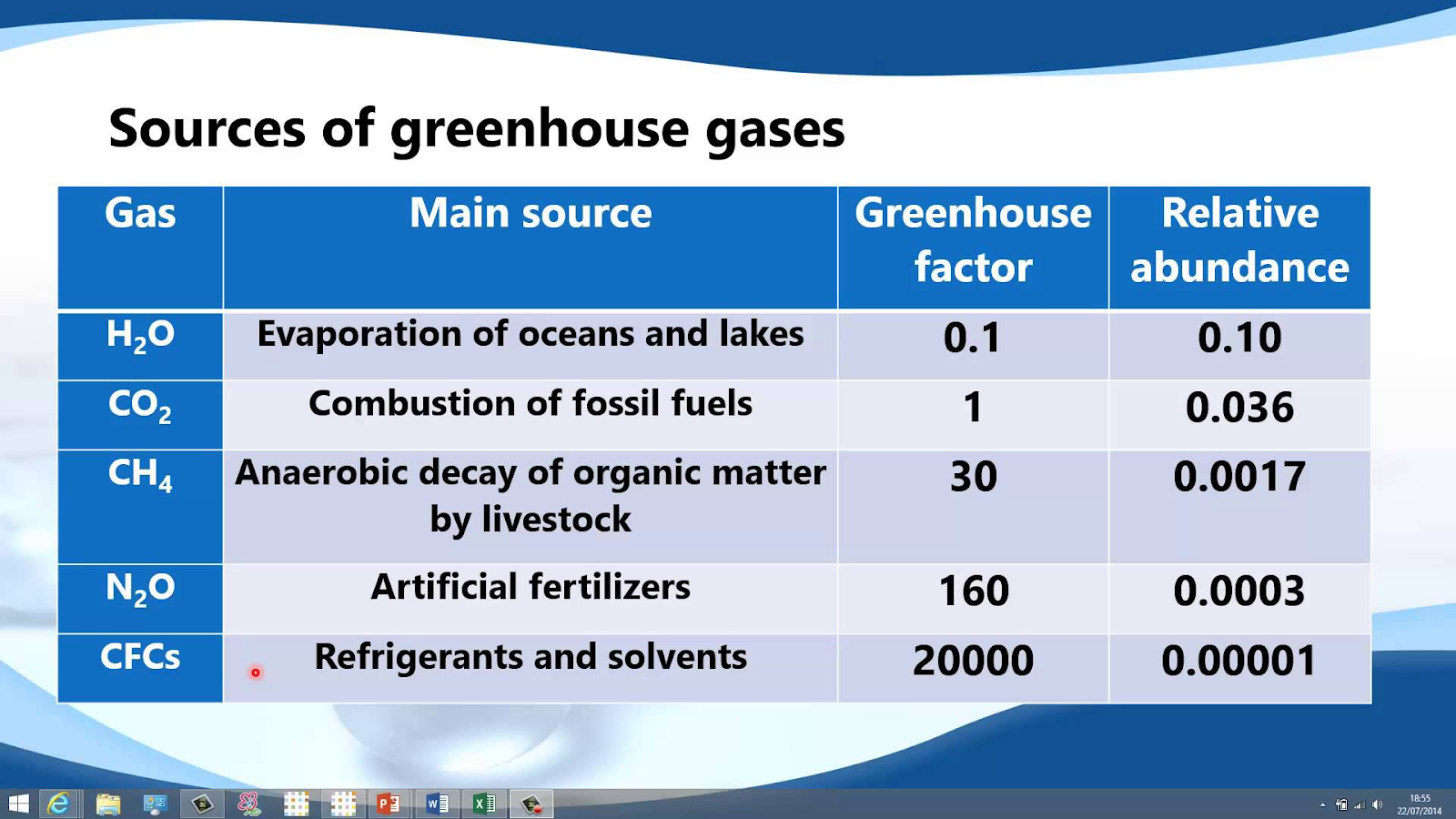Chemistry of the Atmosphere
Evolution of the Atmosphere 1
What you need to know:
How the components of the atmosphere have changed over the years.
The composition of the atmosphere has been roughly the same for the last 200 million years. It’s fluctuated, but in general, it has been made up of the same gases in roughly the same proportions.
Early atmosphere
When the earth first formed, the surface was molten. Over time, the earth cooled and a crust formed. However, volcanic eruptions occurred very VERY frequently. A very popular theory is that the early atmosphere formed from a build up of gases from these volcanic eruptions. As the earth cooled, water in the atmosphere condensed to form the oceans. The early atmosphere was most liekly mostly carbon dioxide with nearly no oxygen.
Evolution of the Atmosphere 2
What you need to know:
How the components of the atmosphere have changed over the years and why/
Most of the carbon dioxide from the early atmosphere was gradually taken out of the atmosphere by being dissolved into the oceans. The carbon dioxide went through a series of reactions and ended up as carbonate precipitates on the bottom of the sea! When marine animals had evolved, these carbonates became trapped in their bones. When an animal dies, it’s skeleton remains in the earth with the carbonates trapped.
Over time, the remains of animals and plants that are trapped within the earth become crude oil.
The carbonates (and hence the carbon dioxide) remain trapped within the earth until we dig it up, and burn it. This releases the carbon dioxide back into the atmosphere.
The evolution of green plants also helped to decrease the amount of carbon dioxide in the atmosphere, since they use it for photosynthesis. Green plants were also responsible for increasing the amount of oxygen in the atmosphere, since this is a byproduct of photosynthesis!
Greenhouse Gases
What you need to know:
What a greenhouse gas is.
What the greenhouse effect is and how it works.
What climate change is.
The main sources of greenhouse gases today.
The Sun releases radiation which travels to the earth. The Earth absorbs some of this radiation and the rest is bounced back. The temperature of the earth depends on how much is absorbed and how much bounces back! Global warming is the result of a shift in how much is absorbed by the earth.
The gases in the environment act as a natural insulator, trapping some of the radiation and bouncing it back to earth. Due to air pollution, this insulating layer has become stronger, bouncing back more than it ‘should’ do - this is known as the greenhouse effect. The gases that are contributing to this change are calledgreenhouse gases (these include carbon dioxide and methane).
__Global warming __is a type of __climate change __ that is causing other types of climate change to also occur.
The gases that are counted as greenhouse gases are:
- Carbon dioxide
- Methane
- Water vapour
Since the human population is increasing, it means that more greenhouse gases will be released into the atmosphere.
In increase in population means:
- More livestock - they produce a lot of methane and carbon dioxide
- __More cars and factors __- these release a lot of carbon dioxide when powered by fossil fuels
- More artificial fertilizers - these release a lot of nitrous oxide.
- The warmer the earth gets, the more oceans will evaporate. Water vapour is also a greenhouse gas, which will increase the effects of climate change.
Carbon Footprints
What you need to know:
What is meant by a ‘carbon footprint’
How the companies and individuals can work to reduce their carbon footprint.
A carbon footprint is measure of how much carbon dioxide is released by something. For example, some cars have bigger carbon footprints than others since they release more carbon dioxide when driven. Everyone has their own carbon footprint too. This is a measure of how much carbon dioxide a person has released into the atmosphere in their life.
You can reduce your carbon footprint by things like:
- Recycling
- Using less energy
- Switch to reusable energy sources.
Lots of companies also try to reduce their carbon footprint by changing their energy source providers and recycling.
Air Pollution
What you need to know:
What are the main air pollutants produced when burning fossil fuels.
When fossil fuels are burned, they release lots of nasty things into the atmosphere, here are the problems with the main culprits!
__Carbon particulates __
Very bad when breathed in
Cause global dimming
Carbon monoxide
This is toxic when inhaled and is very difficult to detect.
__Sulfur dioxide or nitrogen oxides __
These can mix with water in the clouds and react to form acid rain
Very bad when inhaled

